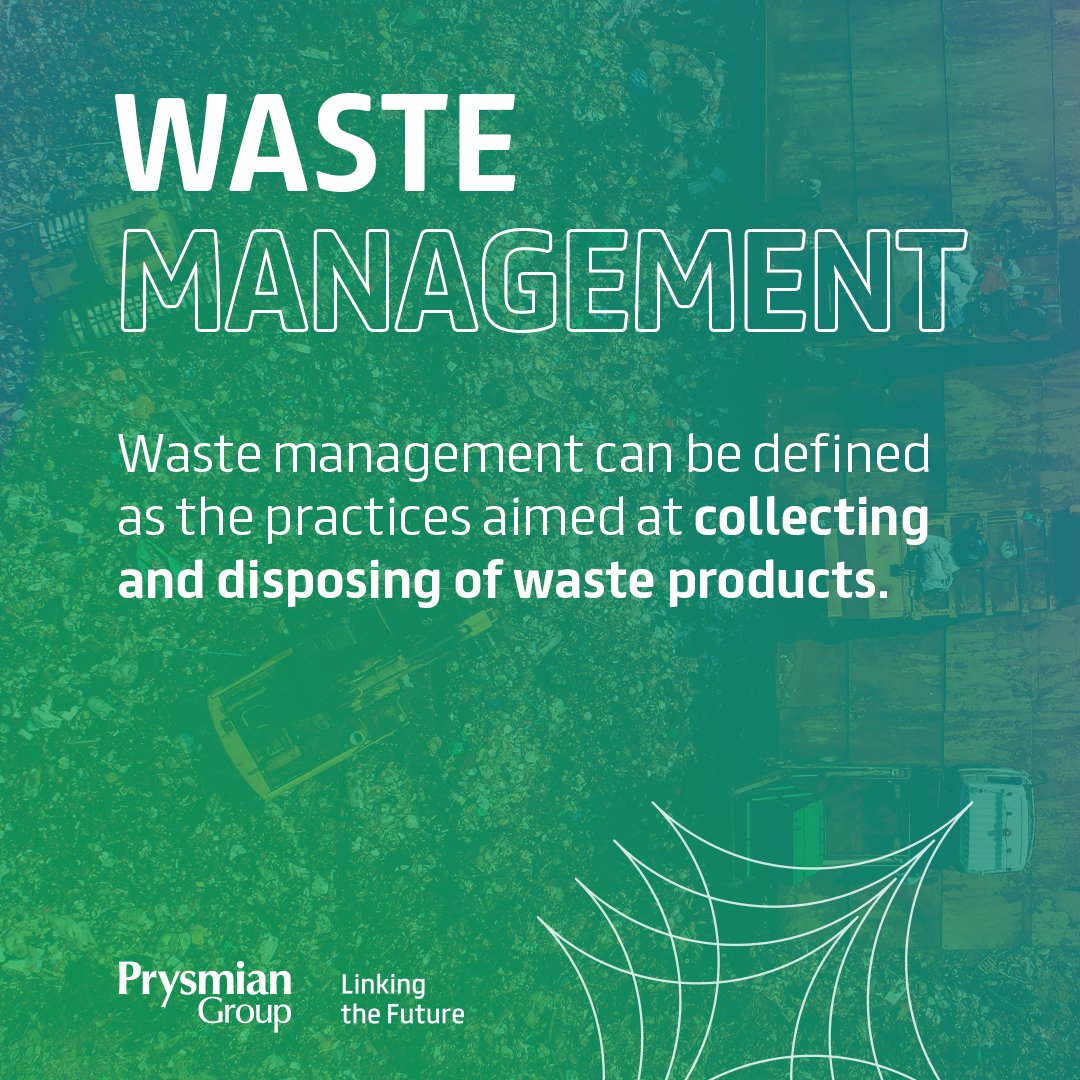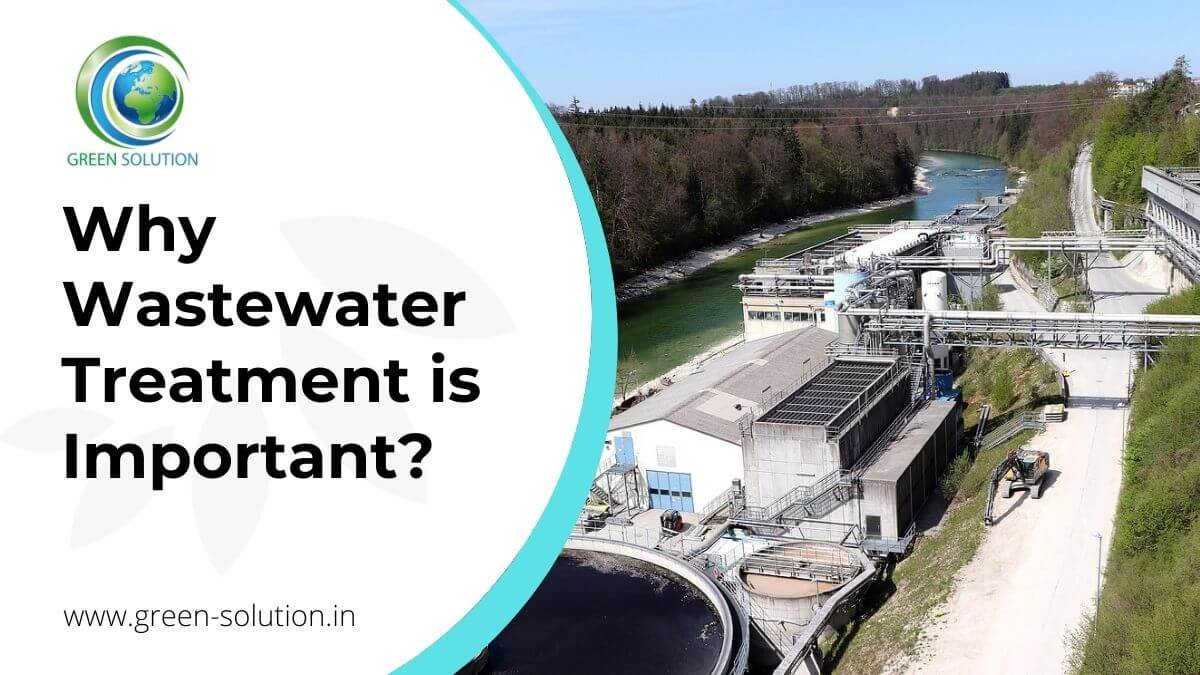5 Simple Techniques For Reclaim Waste
5 Simple Techniques For Reclaim Waste
Blog Article
The Single Strategy To Use For Reclaim Waste
Table of ContentsReclaim Waste Fundamentals ExplainedThe Best Guide To Reclaim WasteThe 4-Minute Rule for Reclaim WasteNot known Details About Reclaim Waste Top Guidelines Of Reclaim Waste
Check out the kinds, incidents, and types of liquid waste. Residential sewer waste describes the waste and products from a household septic container. This kind of waste is developed by humans in houses, colleges, and other structures. This only consists of septic tanks that have a drain area. The appropriate monitoring and disposal of domestic sewage waste require fluid waste to be moved to a sewage therapy plant where the proper techniques and equipment are related to cleanse and take care of waste.
Industrial waste often consists of possible threats, such as combustible materials or a blend of liquid and strong waste products, and needs an extra innovative and in-depth disposal process. The disposal of industrial waste normally involves the filtering of waste before transportation to guarantee secure and appropriate disposal. Hazardous waste is created from by-products and overflow of commercial procedures and production.
This kind of waste can not make use of the exact same sewage administration transport or processes as septic or business fluids. The hazardous waste monitoring procedure requires the assessment and screening of fluid waste prior to it undergoes the disposal process (industrial wastewater treatment). Overflow waste is the fluid waste that comes from drainage and excess stormwater in very inhabited locations or cities
Runoff waste can trigger contamination and flooding if not dealt with properly. Making certain appropriate waste management can protect against catastrophes and minimize environmental damage.
Everything about Reclaim Waste
Call PROS Solutions today to find out about our waste administration and disposal services and the correct means to take care of the liquid waste you produce.
(https://moz.com/community/q/user/reclaimwaste1)Do you understand what occurs to your water when you disengage, flush the bathroom or drain pipes the cleaning maker? No? Well, it deserves recognizing. This so-called 'wastewater' is not only a crucial resource however, after treatment, will be released to our land, waterways or the sea. Used water from commodes, showers, bathrooms, kitchen sinks, laundries and industrial procedures is called wastewater.

water used to cool down machinery or clean plant and devices). Stormwater, a kind of wastewater, is overflow that moves from farming and metropolitan locations such as roofing systems, parks, yards, roads, paths and rain gutters into stormwater drains, after rainfall. Stormwater moves unattended directly to regional creeks or rivers, at some point reaching the ocean.
The Main Principles Of Reclaim Waste
In Queensland, most wastewater is dealt with at sewage treatment plants. Wastewater is moved from residential or industrial sites via a system of sewage systems and pump stations, known as sewerage reticulation, to a sewer therapy plant.
The Department of Natural Resources suggests neighborhood federal governments regarding handling, operating and keeping sewerage systems and therapy plants. In unsewered areas, city governments might need householders to set up private or family sewage therapy systems to deal with residential wastewater from commodes, kitchen areas, bathrooms and washings. The Department of Natural Resources authorises the usage of household systems when they are shown to be reliable.
In some new class, treatment of some stormwater to get rid of litter, sand and crushed rock has actually begun utilizing gross contaminant traps. Wastewater therapy occurs in 4 phases: Removes solid matter.
Wastewater after that flows into big tanks where solids settle and are eliminated as sludge. Oil and residue are skimmed from the surface. reference Utilizes tiny living organisms recognizes as micro-organisms to break down and eliminate continuing to be dissolved wastes and fine bits. Micro-organisms and wastes are incorporated in the sludge. Removes nitrogen and phosphorus nutrients that might create algal blooms in our waterways and endanger water life.
Little Known Questions About Reclaim Waste.
Nutrient elimination is not available at all sewer treatment plants because it needs expensive specialised devices. Clear liquid effluent created after treatment may still contain disease-causing micro-organisms - liquid waste removal.

Many wastewater streams right into the sewage system. Under the Act, local federal governments provide approvals and permits for environmentally relevant activities (ERAs) involving wastewater launches that could have a neighborhood impact.
The Greatest Guide To Reclaim Waste
Monitoring gives factual details concerning water high quality and can confirm that licence conditions are being met. The info acquired via tracking supplies the basis for making water quality choices.
Report this page